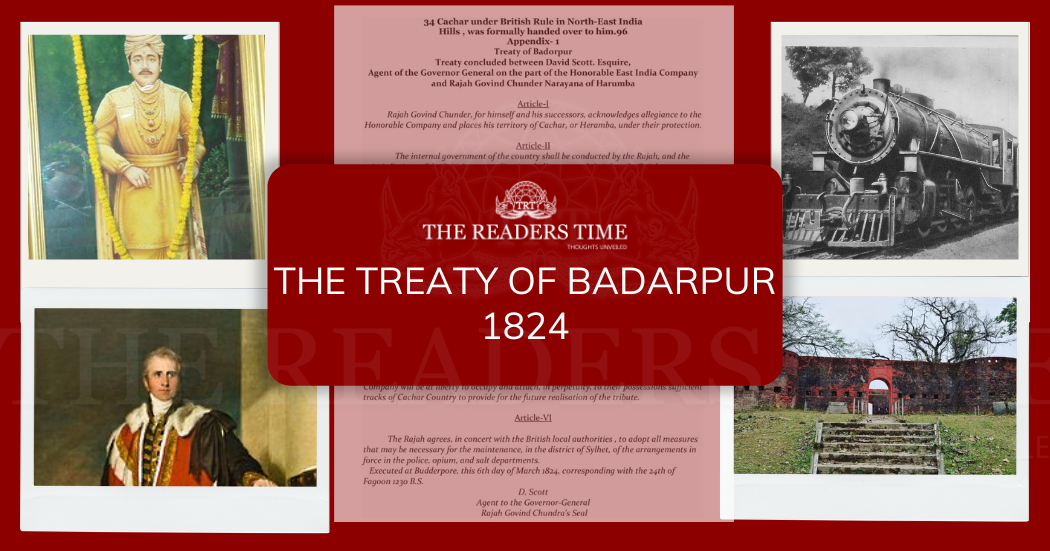
Badarpur already has a long and storied history. As early as 1303 A.D., after the Conquest of Sylhet, a disciple of Shah Jalal, Adam Khaki, had migrated and settled into the area of present day Deorail, Badarpur. Badarpur after falling into British hands also was selected to have the first railway station of the Barak Valley. The first meter gauge lines were placed between Badarpur and Lumding in 1898. But there is another important historical event that occurred in this place, the Treaty of Badarpur, which ended up leading to the creation of and naming of the place known as Silchar.
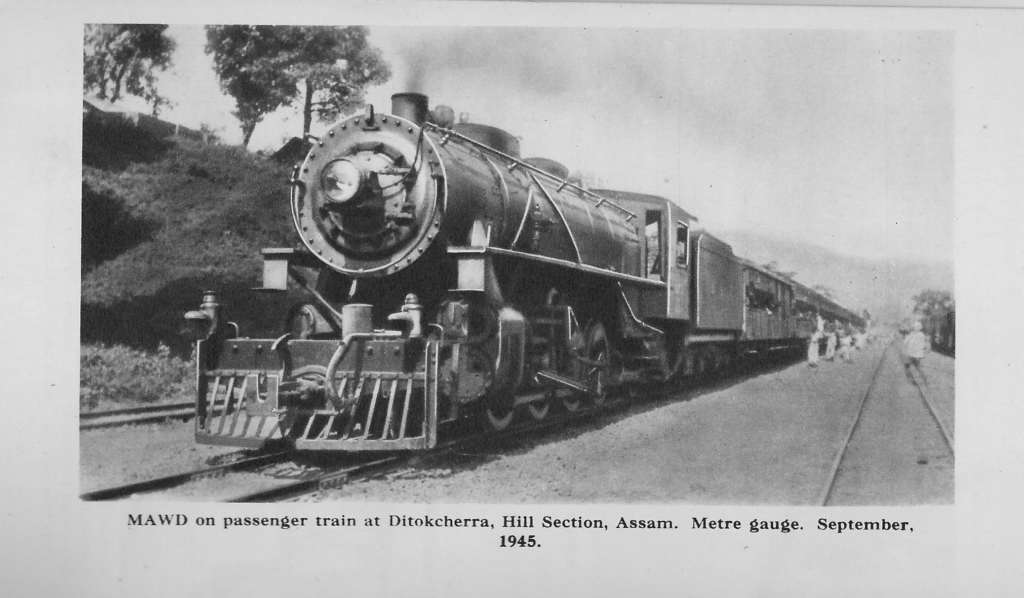
Image Source: Assam Bengal Railway | ABN397
You can check the video or keep reading below
The story of how Badarpur shaped the city of Silchar as we see it today started in 1823. Most of Bengal was under the occupation of the British East India Company and the Burmese army had just taken over parts of the Brahmaputra valley and Manipur. The Burmese were looking to make forays into Cachar as well during this time. The ruler of Cachar at the time was Raja Gobinda Chandra and his kingdom was not under the Company’s control as yet.

However, this was not something that the British could let happen. According to Lord William Amherst, the then Governor General of India(1823-1828), believed that maintaining hold of Cachar was extremely important for the British to guard the neighboring district of Sylhet which was under the British occupation already at the time.
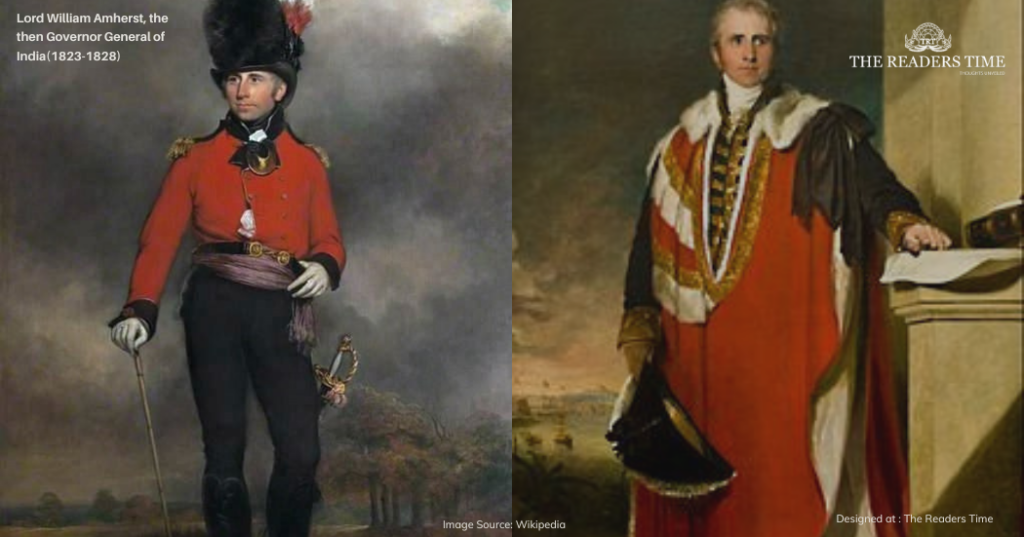
Raja Gobinda Chandra, under the looming threat of a Burmese invasion, signed the Treaty of Badarpur with the British, thereby accepting to being a protectorate under the Company rule.
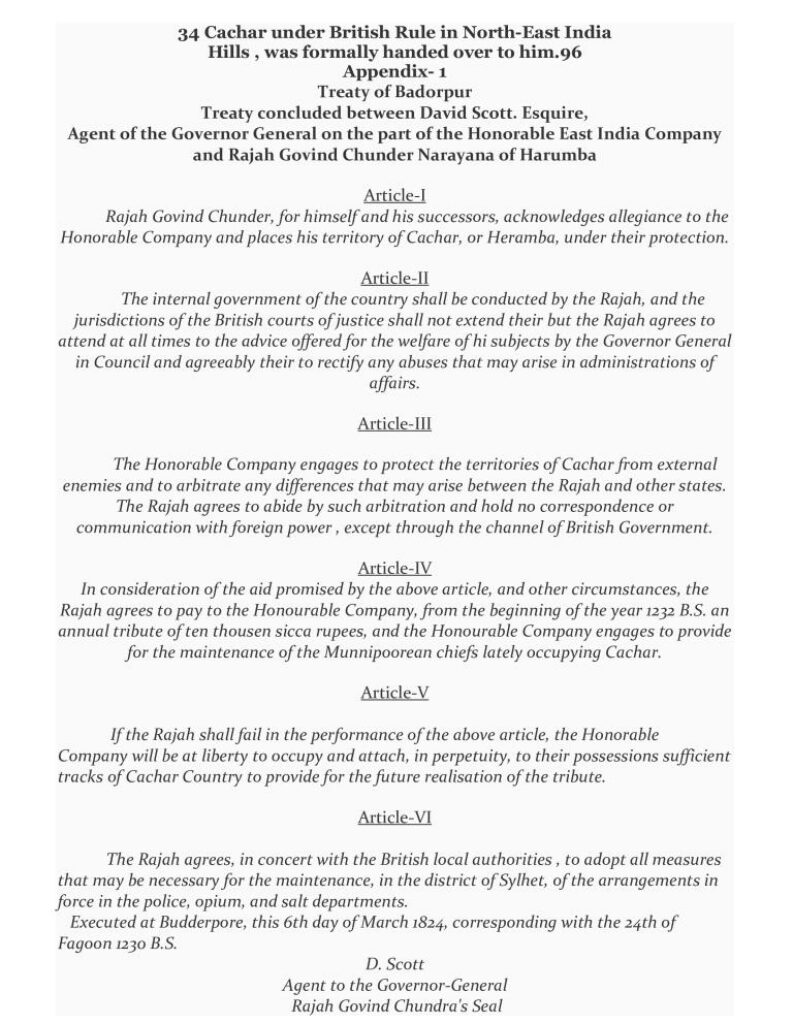
Image source: dimasandimaraji.blogspot.com
The Downside of The Treaty of Badarpur
The Raja agreed to pay the Company a sum of 10,000 rupees annually and in return the Company would ensure that his kingdom was protected against external threats. And so, when the Burmese attacked Cachar in 1824, it led to the start of the First Anglo-Burmese War which the British ended up winning. The war ended with the Treaty of Yandabo, wherein, one of the provisions was that the Burmese kingdom agreed to stop attacking Cachar.
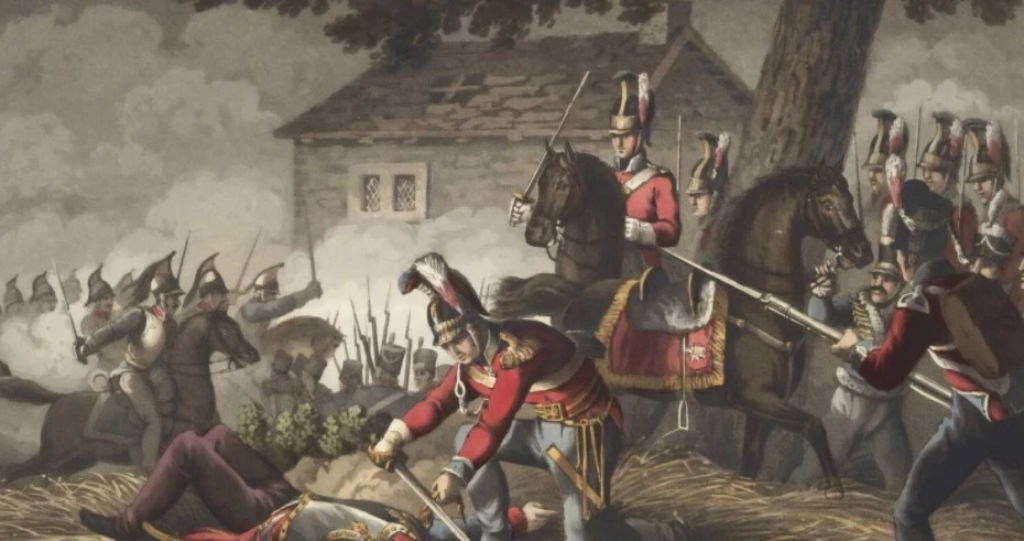
Image Source: First Anglo- Burmese war depiction through image published by Officers Wiki
How Cachar Came Under British Rule
While Raja Gobinda Chandra was reinstated as king after the end of the war, the treaty also proved its own poison. Having to pay the sum of Rs 10,000 annually placed significant economic and financial strain on the economy of the region. However, after his reinstatement, Gobindra Chandra was not able to rule for long as he was assassinated in the year 1830 and he had left behind no heir of his own. The King of Manipur Gambhir Singh was assumed to be behind the assassination, and had even laid claim on the kingdom of Cachar. However, owing to the Treaty of Badarpur, Cachar fell under direct British rule for the first time.
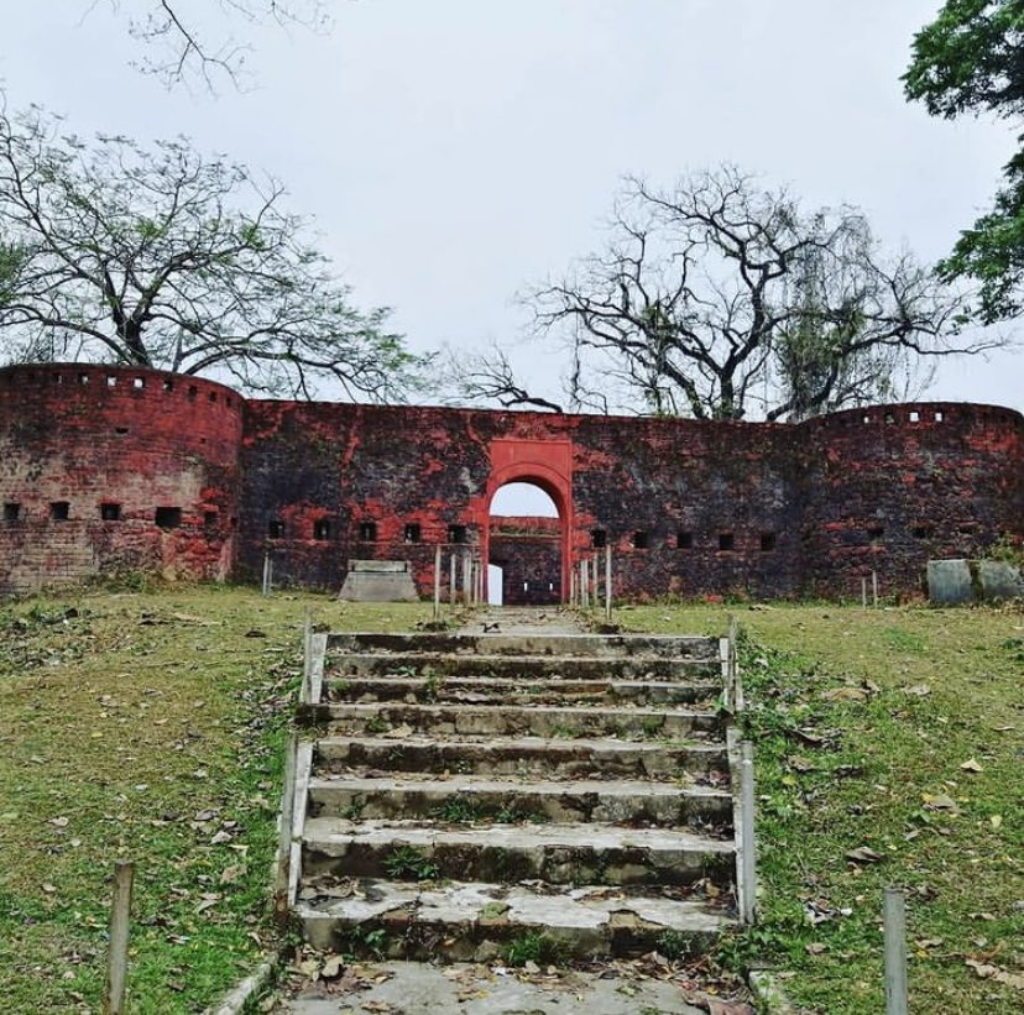
Badarpur Fort- Image Source: Profile- SD on Twitter
While this in itself is a fascinating tale of how the British came to rule Cachar, the story of how Silchar got its name, just starts here. This is because in all the records, there is no mention of the place called Silchar before the annexation of Cachar by the British. While names like Tarapur, Ambikapur, Kanakpur, and Rangpur were part of the records as villages in the kingdom of Raja Gobinda Chandra with Badarpur being the capital of this Kingdom, there was no place called Silchar mentioned anywhere.
Setup of Administrative Headquarter in Silchar in 1835
The eventual consequence of the Treaty of Badarpur was that the entire area of Cachar came under British control and the area that we now know as Silchar or parts of it were selected to be the headquarters for Cachar. There were several advantages of this location. One was its proximity to Sylhet, then it had a navigable river that could be used for river transport, and it also allowed for easier access to nearby hill regions.
This prompted Captain Thomas Fisher of the British Army to set up their administrative headquarters in the Janiganj and Sadarghat area in 1832.It is after that, in 1835, that the first mention of a place called Silchar was found in a report by R.B. Pamberton, and since then it started to be mentioned in British official documents. While we think of Badarpur now as almost the younger sibling town to the city that is Silchar, its history would suggest otherwise. While Silchar has since then developed into a full-fledged city, one would be remiss to undermine the role that Badarpur has played in its very creation. This is how the Kingdom of Cachar, the Burmese invasion and the Treaty of Badarpur all collectively contributed to laying the foundations for the city we know and love today as Silchar.






